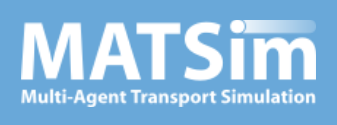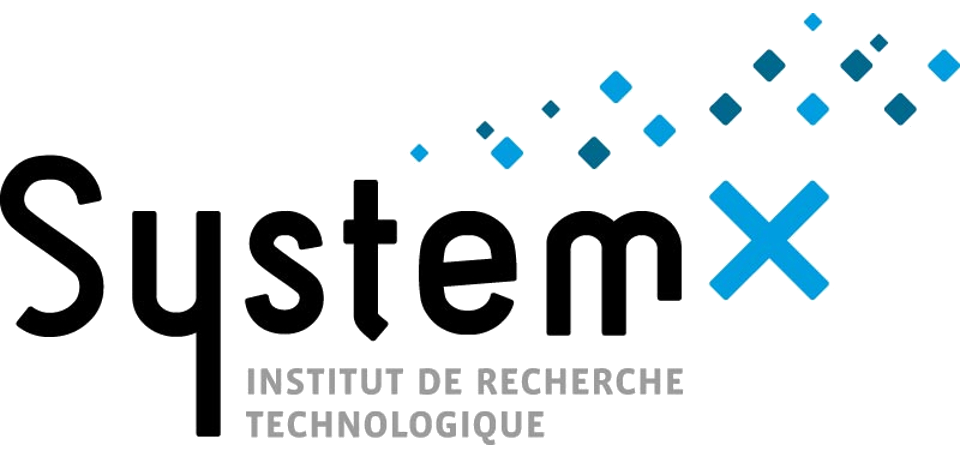

Resource constraints and peer-to-peer carsharing in MATSim
Sebastian Hörl
24 February 2023
at Institut Polytechnique de Paris
Introduction

- Peer to peer car sharing: Let others use your car when you are at work, for instance
- Promises new business model: Let people share their vehicles on demand and increase the utilization of the individual cars
- Potential total decrease of car ownership
- Various business models are added with automation
Operational modes


-
CDP2P
Conventional
Vehicles
-
ADP2P
Automated
Vehicles
-
ADF
Fleet integration
Literature

- Not too much literature on the topic
- Mostly survey and choice modeling literature, data-driven analysis is rare or very simplistic
Problem definition (CDP2P)


-
User slot: A sequence of trips that starts and ends at the same location
- Owner slot: A sequence of trips that starts and ends at the same location and to which the person has driven by car and from which they are departing using the car
Static approach

-
Potential analysis: Find the number of matchings between user slots and owner slots such that:
- Each user slot can only be assigned once
- Assigned user slots must "fit" into the assigned owner slot
- But multple user slots can fit in one owner slots
- Can be formulated as an ILP (but scales badly)
- Heuristic best-response assignments are possible for evaluation
- We can perform such analyses based on our synthetic populations in France (but it is not the subject here)
Synthetic population
Assignment
Analysis
MATSim

- Agent-based transport simulation with loop between traffic simulation and decision-making

MATSim

- Agent-based transport simulation with loop between traffic simulation and decision-making

MATSim


Replanning
- By default, agents introduce random modifications to their plans, then run the plan in the simulation and obtain a score
- The score is compared with previously tested plans and plans with higher scores are chosen more frequently
- Each individual makes individual decisions, they are not synchronized
MATSim


-
Idea:
- Each agent must always keep a non-conflicting plan in memory
- All agents perform replanning as usual
- Conflict resolution component decides which agents need to switch back to the non-conflicting plan (their new plan is rejected)
Conflict resolution
MATSim

Conflict resolution

- Tag the currently active plan to later know which one it was
- If there are too many plans, remove the one with worst score (standard), except it is the only remaining non-conflicting plan
- If the agent comes from a non-conflicting plan, back to it, otherwise choose a random non-conflicting one from memory
MATSim

Toy example

- Three modes (walk, car, p2p)
- P2P can only be used if it is assigned to owner slot (i.e. there must be an owner who went somewhere by car), all modes teleported
- Best-response matching of users and owners, non-matched p2p trips are rejected
- Scores for a chosen trip:
- Three types of agents with specific activity chains (A, B, C), 100 agents each, user slots shown in dark (right)
- C may use A's or C's car when they are parked close to C's home

car = -1 walk = -2 p2p = varies
MATSim

Toy example

- We vary the score for using p2p
- All agents prefer car for small score of p2p
- We do not reach 50% even with score 2.0 because p2p is only useful if someone else uses the car
MATSim

Open Berlin

- Applied to Open Berlin scenario (car simulated on the network, but p2p stays teleported)
- Cost structure for p2p follows car with small penalty (rental fee)
- Demand stabilizes at 1.5% / 2.0% (after innovation turnoff)
Outlook

DVRP

- Next step: Implementing p2p as actual vehicles moving in the network
- Use of the DVRP contribution to model each p2p vehicle as an individual agent that follows the itinerary of the owners and users that during one day
- Requires within-day replanning of access and egress walk (because user location is usually not exactly the location of the vehicle in the network)
Outlook

- Static analysis: Finalize and apply to multiple use cases in comparison
- DVRP: Finalize implementation and integration with DRT for fleet simulation
- Wider scope of the resource-based replanning approach, potential applications to
- Constraints on parking space use
- Constraints for micromobility services
- Maybe even limiting of excessive flow increases in network assignment
Questions?



Resource-constrained replanning in MATSim applied to the simulation of peer-to-peer car sharing services
By Sebastian Hörl
Resource-constrained replanning in MATSim applied to the simulation of peer-to-peer car sharing services
Institut Polytechnique de Paris, 24 February 2023
- 675



